Soybeans: The Most Essential Ingredient in Japanese Food
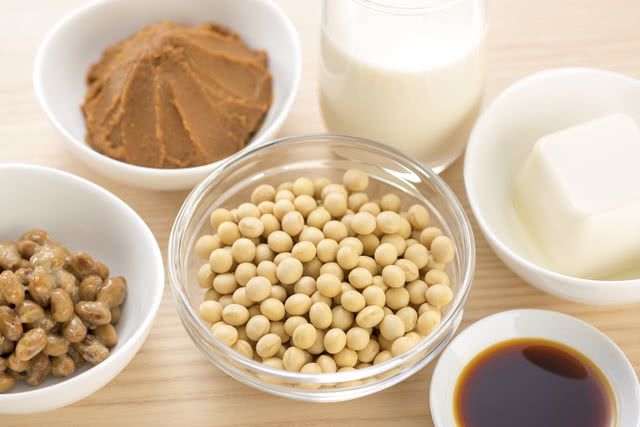
A Brief History of Soybeans in Japan
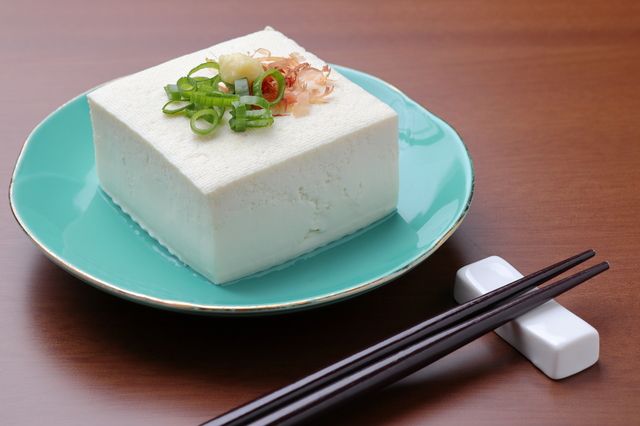
Tofu was initially eaten mostly by Buddhist monks as an integral part of a vegetarian diet, but its popularity later spread to the aristocracy and finally to the general population several hundred years later. Today it can be found in several forms, served in an even larger variety of dishes.
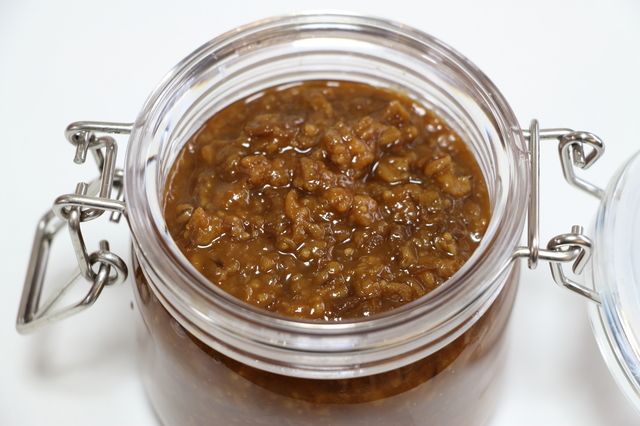
Japanese Foods That Wouldn't Exist Without Soybeans
1. Soy Sauce
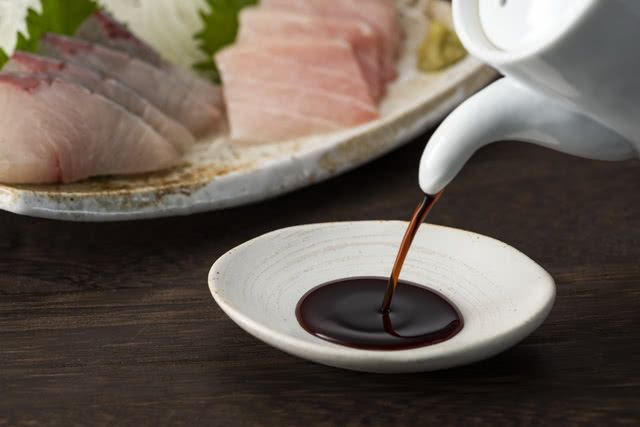
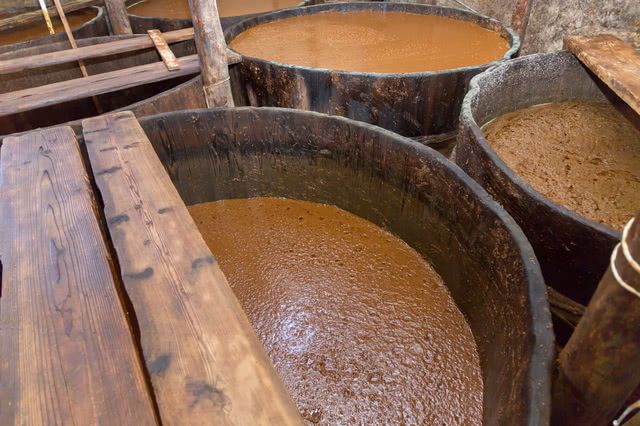
Soy sauce is actually graded based on the amount of umami it has, and is generally divided into three categories: standard, high-grade, and premium grade. In addition, many different varieties of soy sauce exist for various purposes, such as cooking or dressing. While you are in Japan, sampling a variety of different soy sauces with many different foods is an absolute must!
One of the dishes that wouldn’t be the same without soy sauce is sashimi. Sashimi is almost always served with a dish of soy sauce and a hunk of wasabi.
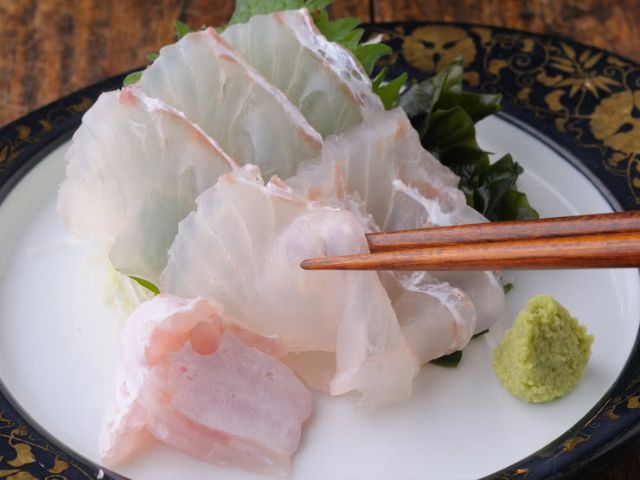
Jijii
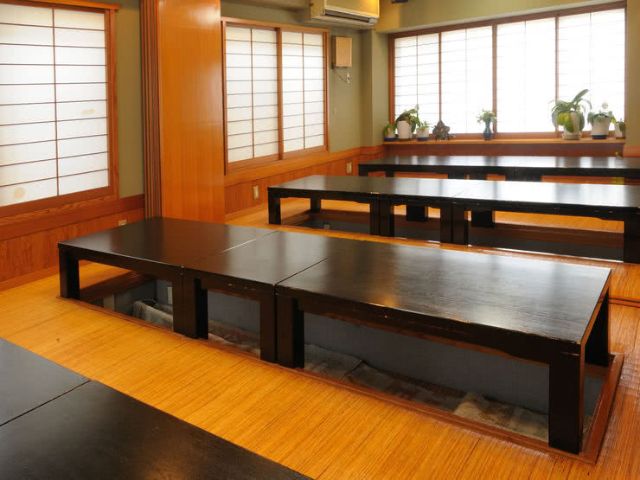
Average price: [Dinner] 4,000 JPY / [Lunch] 1,000 JPY
Access: From Shimotakaido station on the Keio and Setagaya lines, follow the Setagaya line tracks (Tamaden-dori) for 3 minutes. Just after Yoshikawa Pediatric Clinic.
Address: 3-13-9 Matsubara, Setagaya-ku, Tokyo Map
More Details Reservation
2. Miso
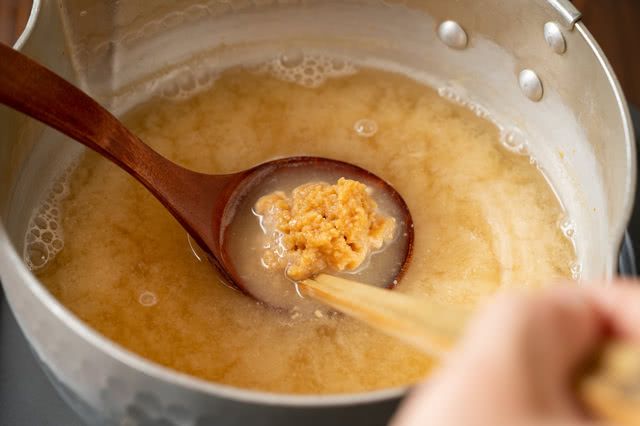
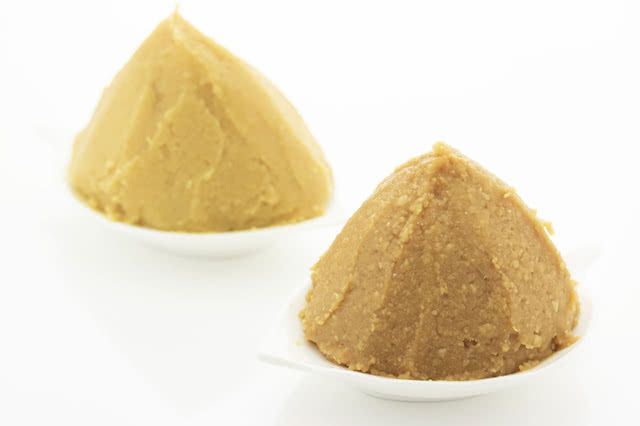
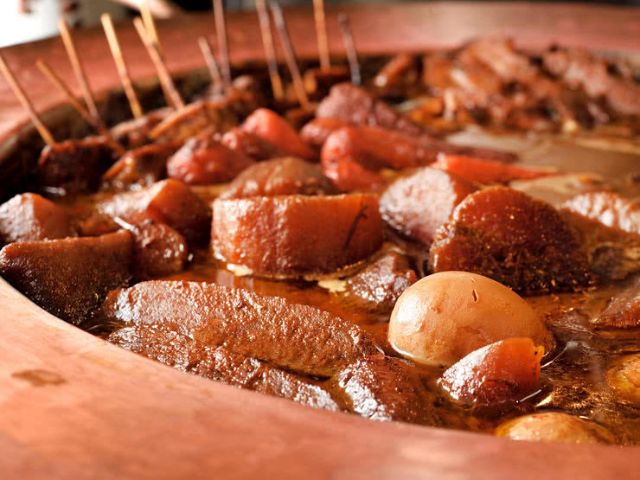
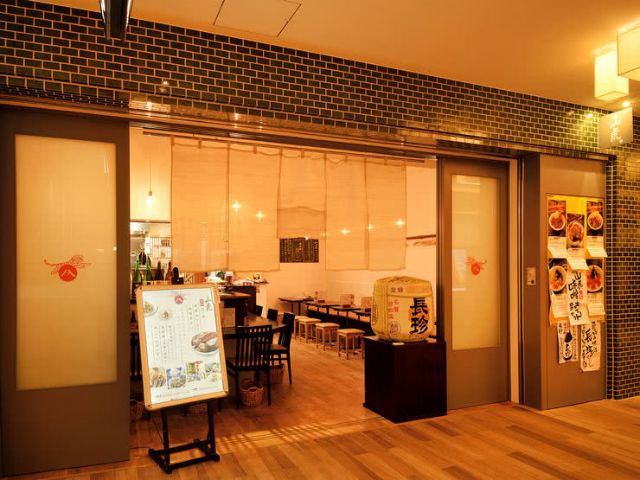
Yamatora
Average price: [Dinner] 3,000 JPY / [Lunch] 1,000 JPY
Access: 1- 5 minutes walk from Nagoya Station on any line
Address: 3F, 3-28-12 Meieki, Nakamura-ku, Nagoya, Aichi Map
More Details Reservation
3. Tofu
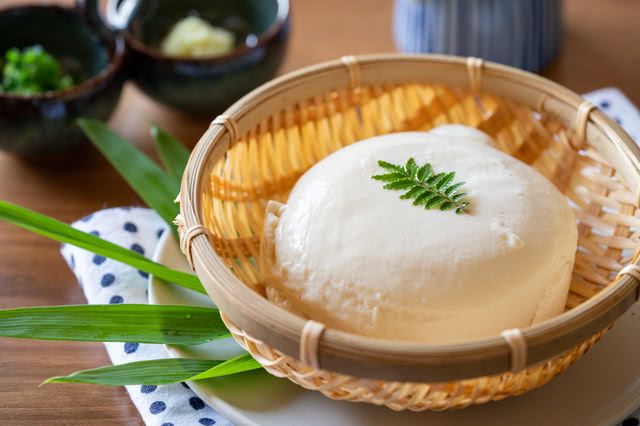
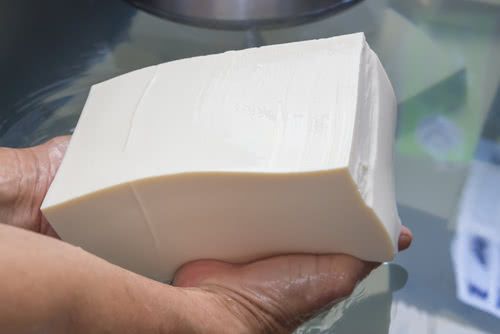
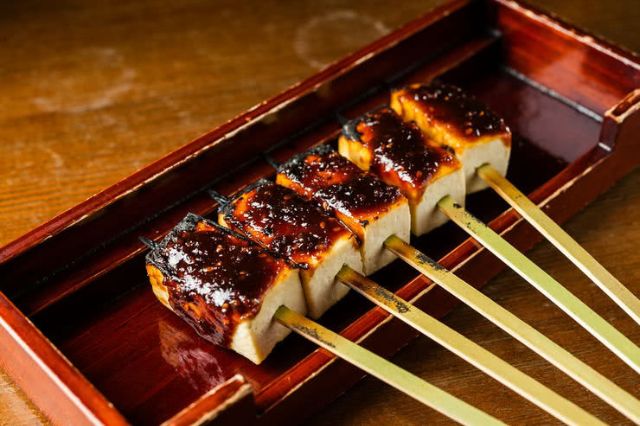
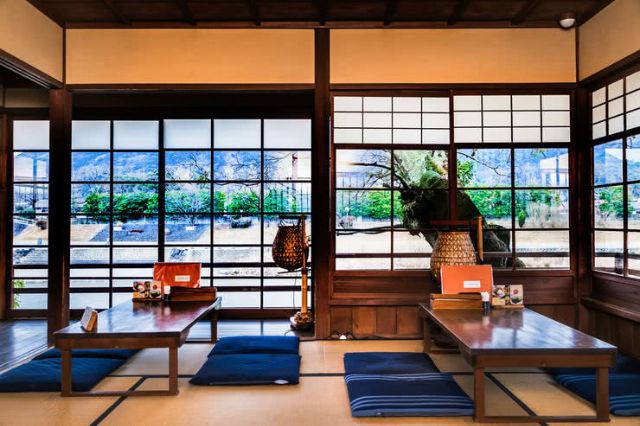
Tofu-ya
Closed: None
Average price: [Dinner] 2,500 JPY
Access: 5 minutes by taxi from Isuzugawa Station of the Kintetsu Toba Line.
Address: 1-4-1 Ujiurata, Ise, Mie Map
More Details Reservation
4. Kinako
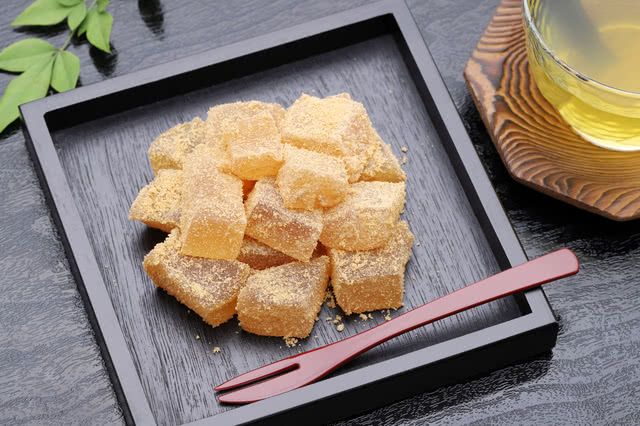
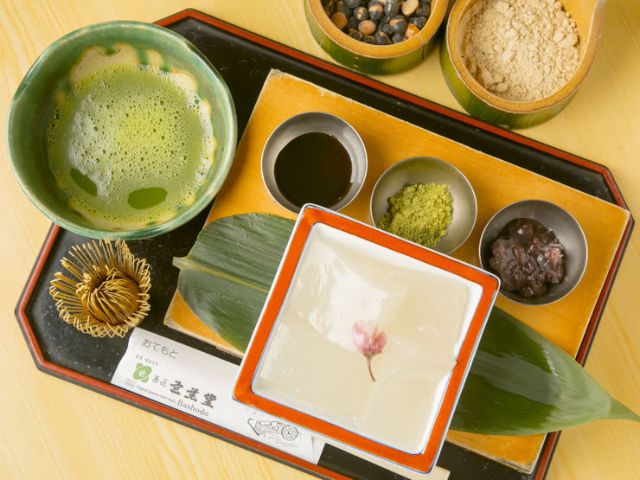
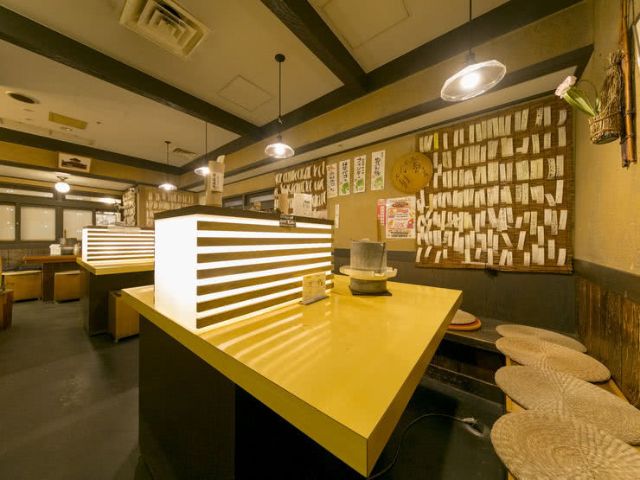
Creative Japanese Confectionery Studio BASHOAN
Closed: None
Average price: [Dinner] 1,000 JPY / [Lunch] 600 JPY
Access: 10 minutes walk from JR [Osaka] Station / 10 minutes walk from [Umeda] Station on Subway Midosuji Line or Hankyu Main Line
Address: Takimi-koji, B1F, Umeda Sky Bldg., 1-1-90, Oyodonaka, Kita-ku, Osaka city, Osaka Map
More Details Reservation
5. Shojin Ryori
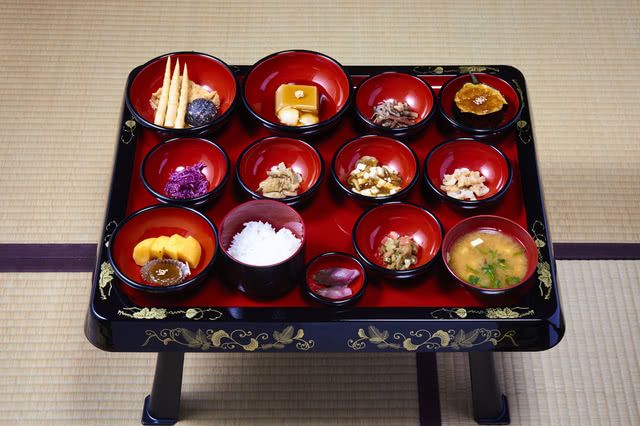
As one of the oldest and most refined forms of vegan cooking, it truly is something that everyone, especially those with dietary restrictions, should try while in Japan. Luckily, there are some monasteries that serve shojin ryori to the public, and there are quite a few restaurants that specialize in the cuisine as well.
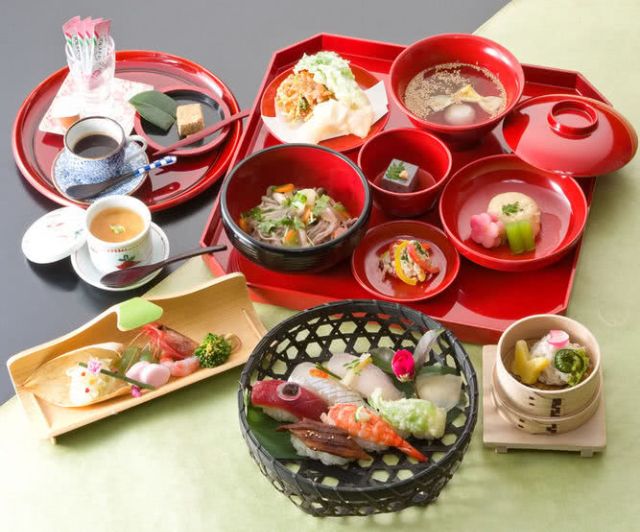
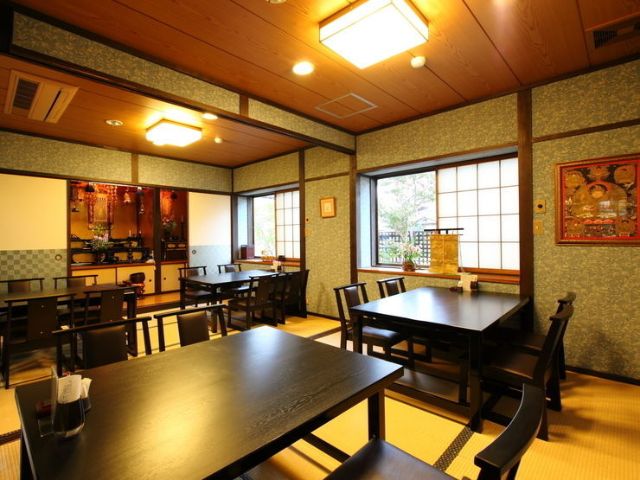
Jion Shoja
Access: A 15-minute walk from Higashi-Okayama station on the JR Sanyo Main Line and the JR Ako line
Address: 26-5 Yoneda , Naka-ku, Okayama, Okayama Map
More Details Reservation
Disclaimer: All information is accurate at time of publication.
Thank you for reading our article.
Our goal is to take your culinary journey to the next level by helping you find the best restaurant. With SAVOR JAPAN, you can search and make reservations for
the Japanese Cuisine restaurants found in and around that fill your needs.
Discover more Japanese Cuisine restaurants by area
- Tokyo Area
- Near Tokyo
- Kyoto and Osaka Area
- Hokkaido Area
- Northern Honshu (Tohoku)
- Central Honshu (Chubu)
- Western Honshu (Chugoku)
- Shikoku
- Kyushu
- Okinawa and Southeast Islands
Discover more restaurants to eat Japanese Cuisine by area
Keywords
Related Articles
New Articles
Categories
Cuisine
- Bars (21)
-
Japanese Cuisine (649)
- Kaiseki (42)
- Nabe (19)
- Okonomiyaki (18)
- Shabu Shabu (32)
- Soba (17)
- Sushi (129)
- Tempura (17)
- Teppanyaki (45)
- Shojin Ryori (2)
- Tonkatsu (10)
- Kushiyaki (10)
- Yakitori (41)
- Sukiyaki (33)
- Japanese Cuisine (335)
- Oyster (2)
- Sashimi/ Seafood (16)
- Unagi (eel) (30)
- Motsu Nabe (offal hotpot) (6)
- Mizutaki (chicken hot pot) (3)
- Oden (4)
- Kaisendon (seafood bowl) (6)
- Udon (2)
- Taverns(Izakaya) Cuisine (117)
- Western Cuisine (39)
- Italian/French Cuisine (91)
- Yakiniku/Steak (217)
- Chinese Cuisine (21)
- Ramen (Noodles) Cuisine (20)
- Cafe/Sweets (53)
- Other Asian Cuisine (5)
- Global/International Cuisine (7)
- Alcohol (42)
- Other (10)
Area
- Shikoku (10)
- Kyoto and Osaka (341)
-
Tokyo (432)
- Tokyo (263)
- Ginza (39)
- Roppongi (21)
- Shibuya (22)
- Shinjuku (41)
- Asakusa (19)
- Ebisu (10)
- Tsukiji (10)
- Tokyo Landmarks (3)
- Ueno (21)
- Akihabara (9)
- Ikebukuro (11)
- Jiyugaoka, Denenchofu, Nakameguro (9)
- Shimokitazawa (3)
- Kichijoji (3)
- Tachikawa (1)
- Omotesando, Harajuku, Aoyama (17)
- Akabane (1)
- Kagurazaka (4)
- Akasaka (8)
- Odaiba (1)
- Tsukishima, Harumi, Toyosu (3)
- Near Tokyo (97)
- Okinawa and Southeast Islands (58)
- Hokkaido (119)
- Northern Honshu (Tohoku) (31)
- Central Honshu (Chubu) (141)
- Western Honshu (Chugoku) (32)
- Kyushu (92)
Archives
- June 2025(18)
- May 2025(34)
- April 2025(43)
- March 2025(30)
- February 2025(36)
- January 2025(26)
- December 2024(69)
- November 2024(31)
- October 2024(15)
- September 2024(39)
- August 2024(65)
- July 2024(31)
- June 2024(54)
- May 2024(61)
- April 2024(28)
- March 2024(31)
- February 2024(42)
- January 2024(32)
- December 2023(20)
- November 2023(5)
- October 2023(11)
- September 2023(7)
- August 2023(18)
- July 2023(8)
- June 2023(8)
- May 2023(18)
- April 2023(15)
- March 2023(1)
- January 2023(1)
- April 2022(2)
- March 2022(2)
- February 2022(1)
- January 2022(1)
- July 2021(1)
- March 2021(1)
- February 2021(1)
- December 2020(1)
- October 2020(1)
- September 2020(2)
- August 2020(10)
- July 2020(6)
- June 2020(9)
- May 2020(11)
- April 2020(8)
- March 2020(8)
- February 2020(13)
- January 2020(9)
- December 2019(24)
- November 2019(8)
- August 2019(14)
- July 2019(15)
- June 2019(18)
- May 2019(17)
- April 2019(16)
- March 2019(22)
- February 2019(22)
- January 2019(26)
- December 2018(34)
- November 2018(40)
- October 2018(32)
- September 2018(11)
- August 2018(8)
- July 2018(6)
- June 2018(9)
- May 2018(10)
- April 2018(21)
- March 2018(74)
- February 2018(39)
- January 2018(26)
- December 2017(60)
Keywords
- Omakase
- Accessible
- Affordable
- All-You-Can-Eat
- Amazing Scenery
- anime
- Art
- Autumn
- Awards
- Beer Gardens
- Breakfast
- Chef Recommendations
- Cherry Blossoms
- Chinese
- Close To Station
- Condiments
- Counter
- Coupon
- Crab
- Culture
- Dassai
- Dates
- delivery
- Early Summer
- Editor's Recommendation
- English Available
- Event
- Expo
- Fall Leaves
- Family-Friendly
- Famous Restaurant
- Famous Tourist Spot
- Fast Food
- festival
- fireworks
- Flower Farm
- Free Wi-Fi
- French
- Great Location
- Guide
- Hibachi
- hotpot
- How To
- hydrangea
- Hygiene
- Illumination
- Italian
- Izakaya
- Japanese
- Japanese alcohol
- jingisukan
- Kaiseki
- Kappo
- Kushiage
- Kushikatsu
- Kyoto
- Late-Night
- Lunch
- Manners
- matsusakagyu
- Michelin
- mizutaki
- Model Course
- monjayaki
- motsunabe
- Mt.Fuji
- Multilingual Menus
- Nabe
- Narita Airport
- New Year
- Ninja
- Noodle
- Oden
- Okonomiyaki
- omotenashi
- Onsen
- Osaka
- Osaka Station
- Photogenic Site
- pizza
- PR
- Private Room
- Ramen
- ranking
- Recipe
- Regional Cuisine
- Resort
- Rice Bowl Dish (Donburi)
- sacred places
- Sake
- Sakura
- Sashimi
- sea urchin
- Setouchi Area
- Shabu Shabu
- sightseeing
- Signature Dish
- Soba
- Solo Diners Welcomed
- Spicy Food
- Spring
- Steak
- Summer
- Sunflower
- Sushi
- Takashimaya
- takeout
- Teppanyaki
- Terrace Seating
- Tokyo
- Tokyo Skytree
- Tokyo Tower
- unagi
- UNESCO
- Vegan
- Vegetarian
- Wagyu
- What Popular Gourmet Sites Recommend
- Whisky
- Wine Bar
- Winter
- Wisteria
- Workshop
- World Heritage Site
- Yakiniku
- Yoshoku
- Yuba
- Zen
Discover Restaurants By Area
-

Tokyo Area
Japan's largest city, Tokyo, is the center of culinary culture in Japan. Countless Tokyo restaurants serve every kind of food imaginable and the Toyosu fish market keeps restaurants stocked with the nation's finest fish.
-

Near Tokyo
Coastal areas, mountains and valleys surrounding Tokyo are bursting with tourist destinations, such as hot springs and ski slopes, where many unique foods are only available locally.
-

Kyoto and Osaka Area
The cities of Kyoto and Osaka, together with their surrounding areas, have greatly influenced Japan's culinary culture since the 7th Century. The region is renowned for its entertainment, Kobe beef, and wide-ranging traditional dishes.
-

Hokkaido Area
The island of Hokkaido is home to wide-ranging produce of the finest quality, such as rice, meat, vegetables, fish and fruit. Popular dishes from Hokkaido include robatayaki (food slowly roasted on skewers) and Sapporo miso ramen.
-

Northern Honshu (Tohoku)
The northern end of Japan's main island, Honshu, is renowned for its seasonal fruit and vegetables, nation-leading harvest of fish (especially tuna from Ohma), and delicious beef from Yonezawa, Sendai and Yamagata.
-

Central Honshu (Chubu)
Chubu is in the center of Japan's main island, Honshu, and its culinary culture reflects its position between Japan's western and eastern halves. Delicious Hida beef, world-famous Mount Fuji and many acclaimed sake breweries are in Chubu.
-

Western Honshu (Chugoku)
Chugoku, on the southwest of Japan's main island, is rich with diverse produce. Many of its products are praised as Japan's best, including Matsuba crabs from Tottori and oysters from Hiroshima. Its pears and muscats are also top grade.
-

Shikoku
The mild climate of Shikoku is ideal for growing citrus fruit such as sudachi. Shikoku is also famous for Sanuki udon noodles, huge yields of tiger prawn from Ehime Prefecture and the best torafugu (tiger globefish) in the country.
-

Kyushu
Western culture was first introduced to Japan through Kyushu, Japan's third largest island, where the influence of Portuguese and other western cuisine influenced the creation of a colorful culinary tradition.
-

Okinawa and Southeast Islands
Okinawa, Japan’s southernmost prefecture, is a treasure trove of distinctive dishes and drinks that have become popular throughout Japan, including Okinawa soba, unique sushi toppings and Awamori distilled liquor.
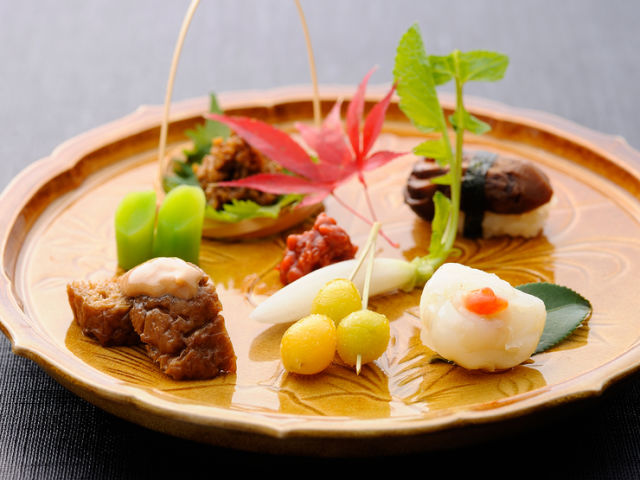
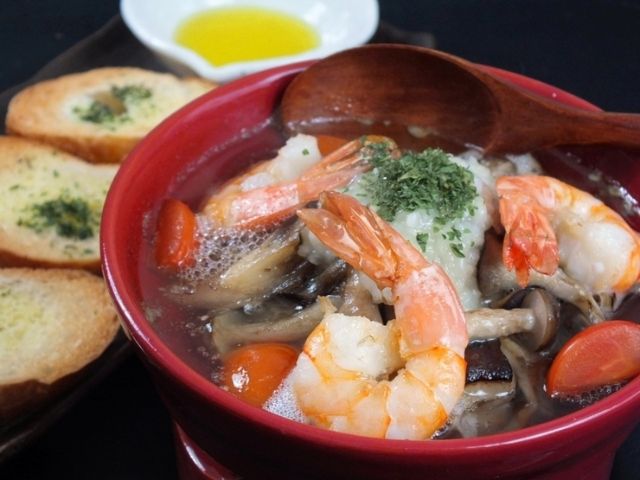
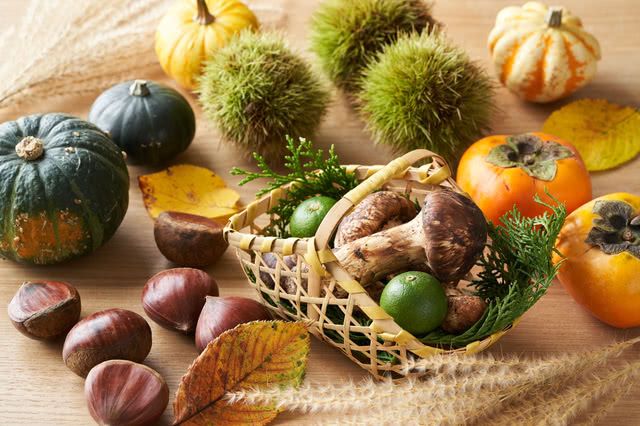
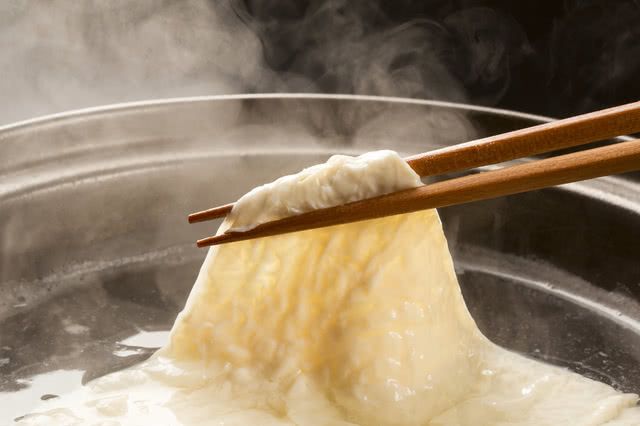
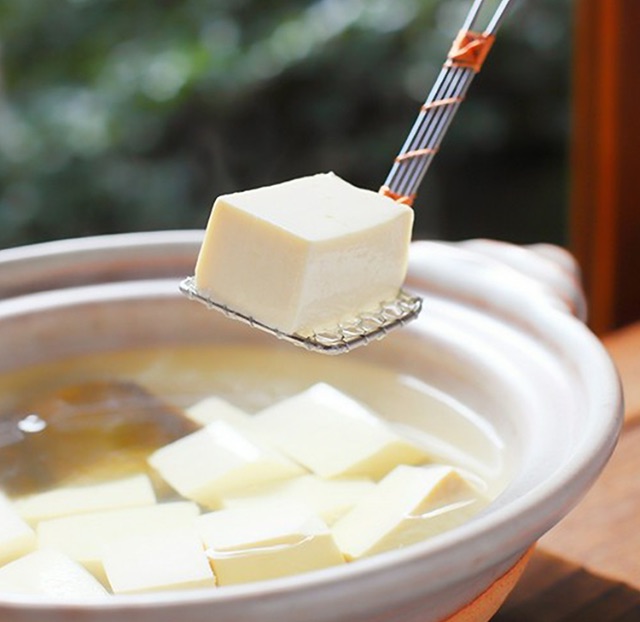

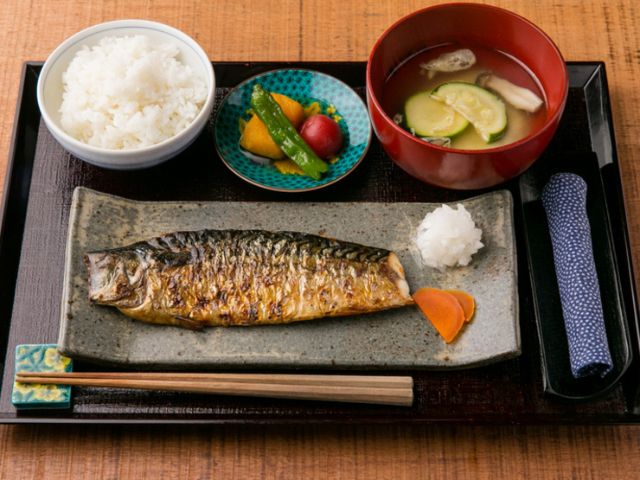
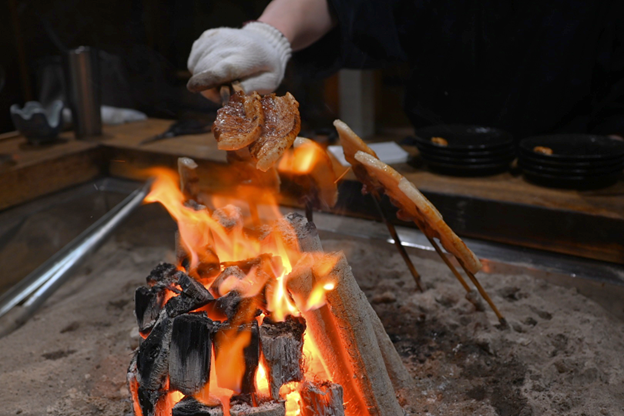
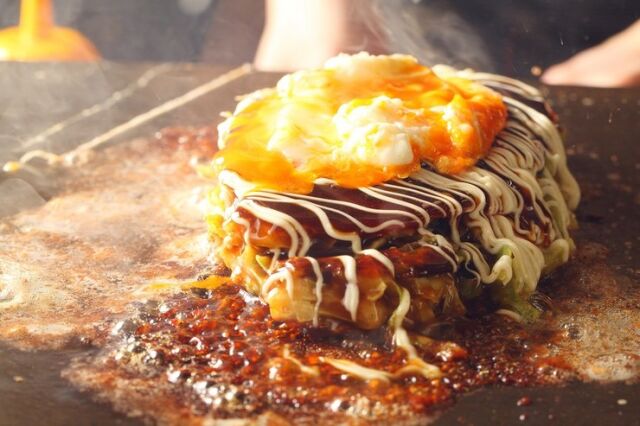
![Azabudai Hills [SUMI] (Janu Tokyo) ~ Editor's Afterword by the Editor-in-Chief of Japan's Gourmet Site "Hitosara"](https://rimage.savorjapan.com/svj/image/discover_oishii_japan/6536/article_head_150x105z.jpg?t=1750244602)